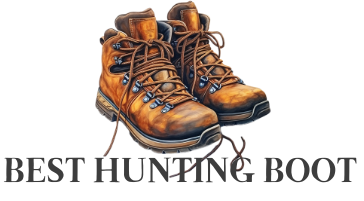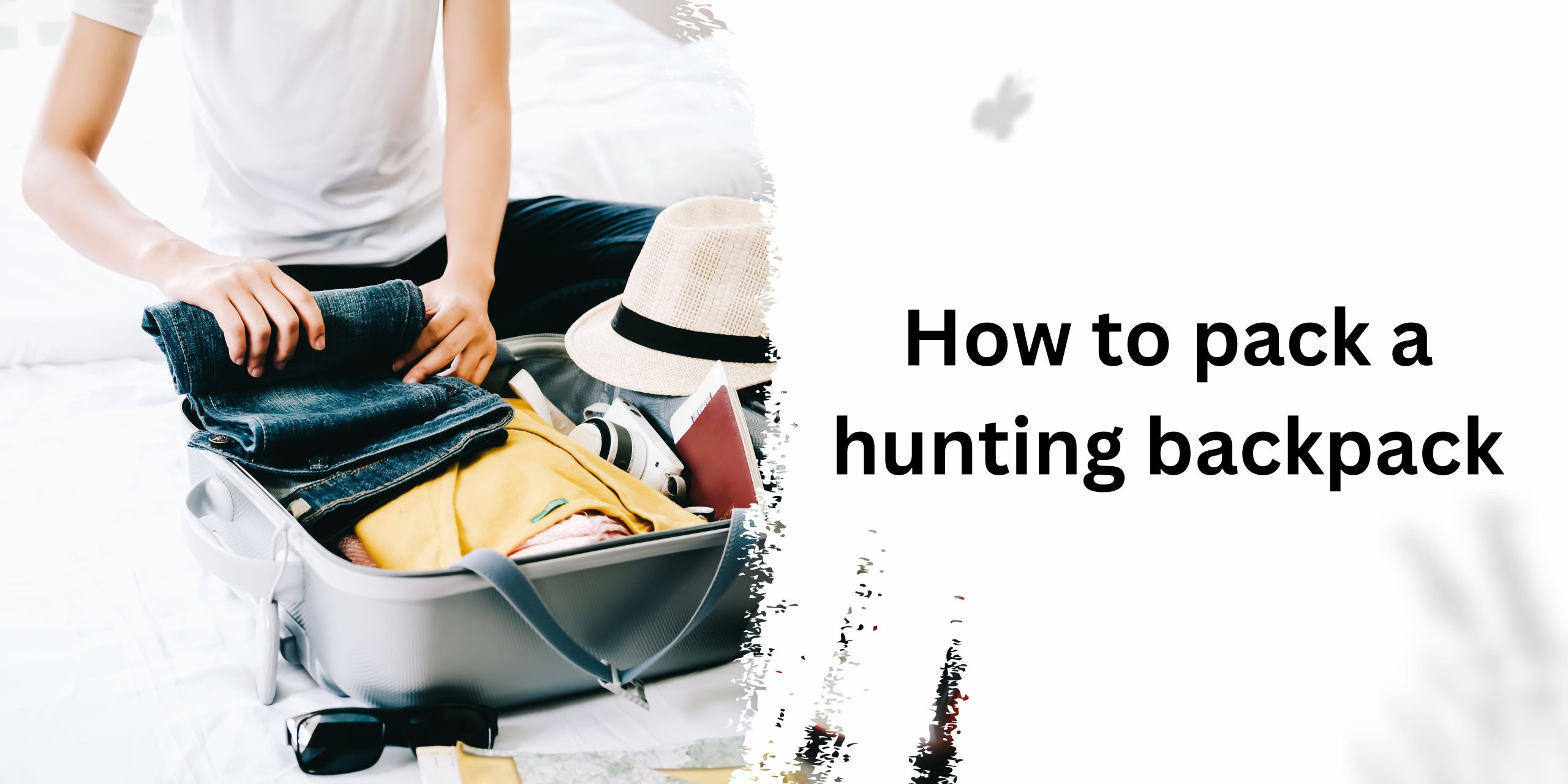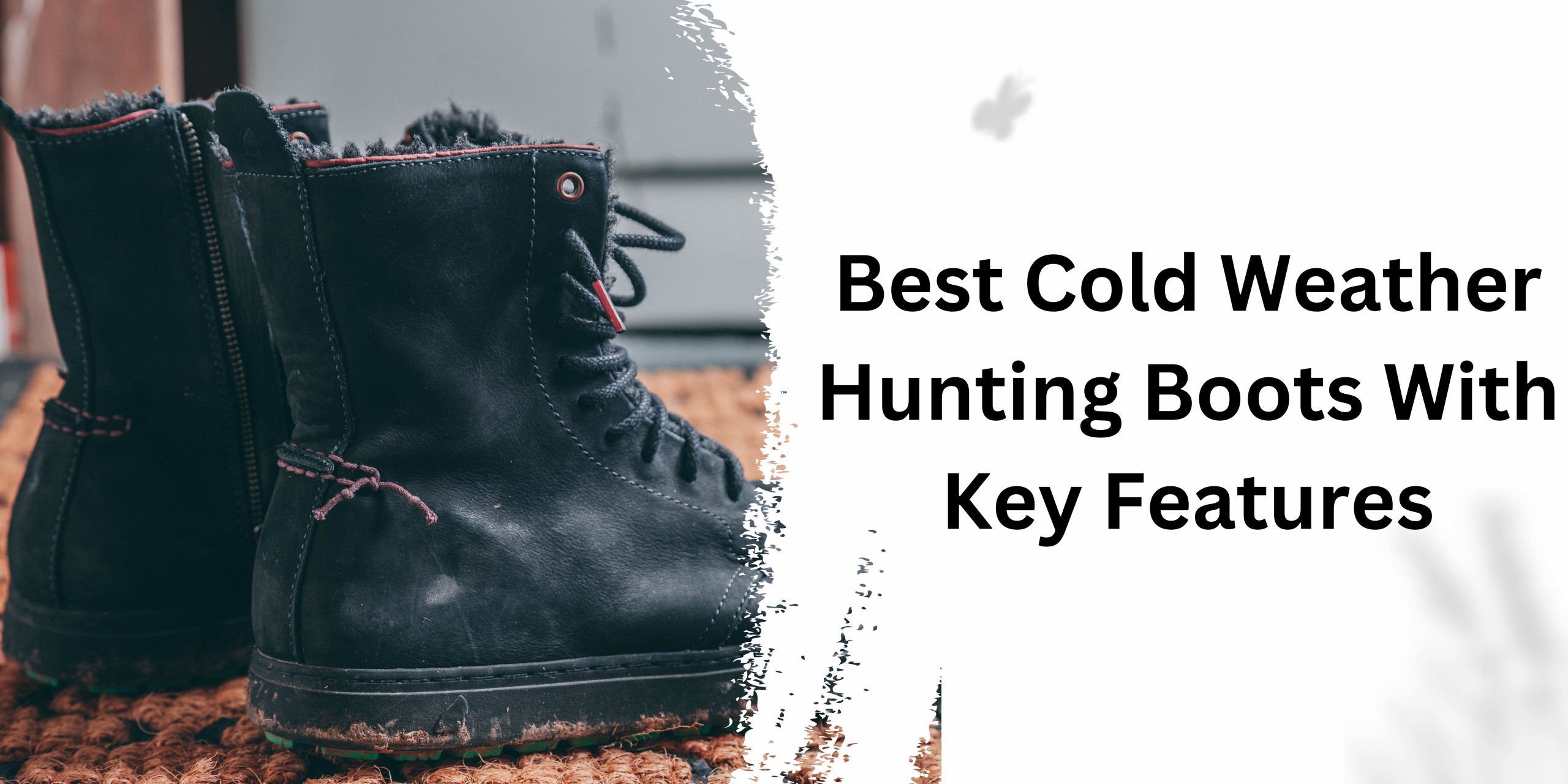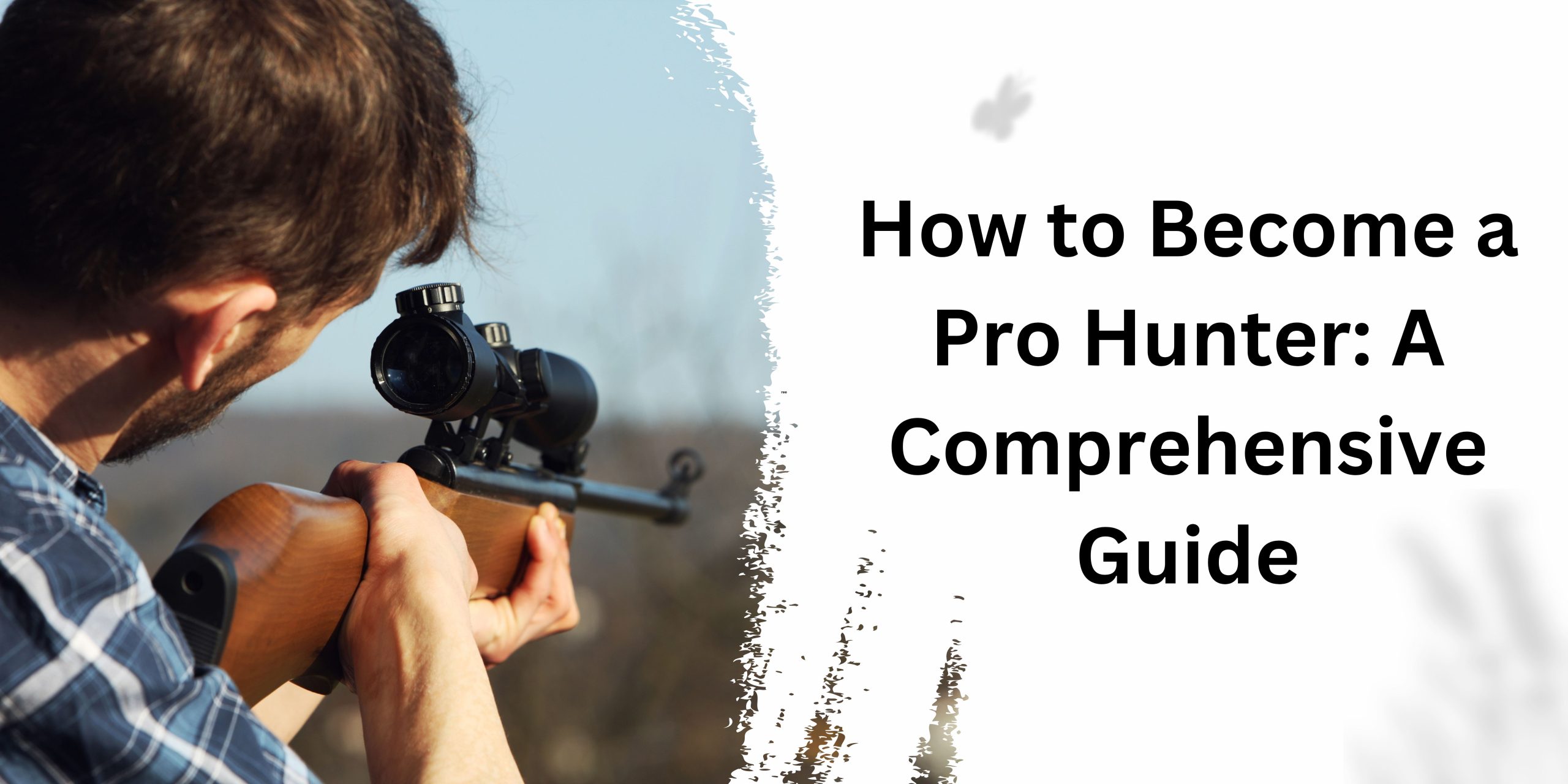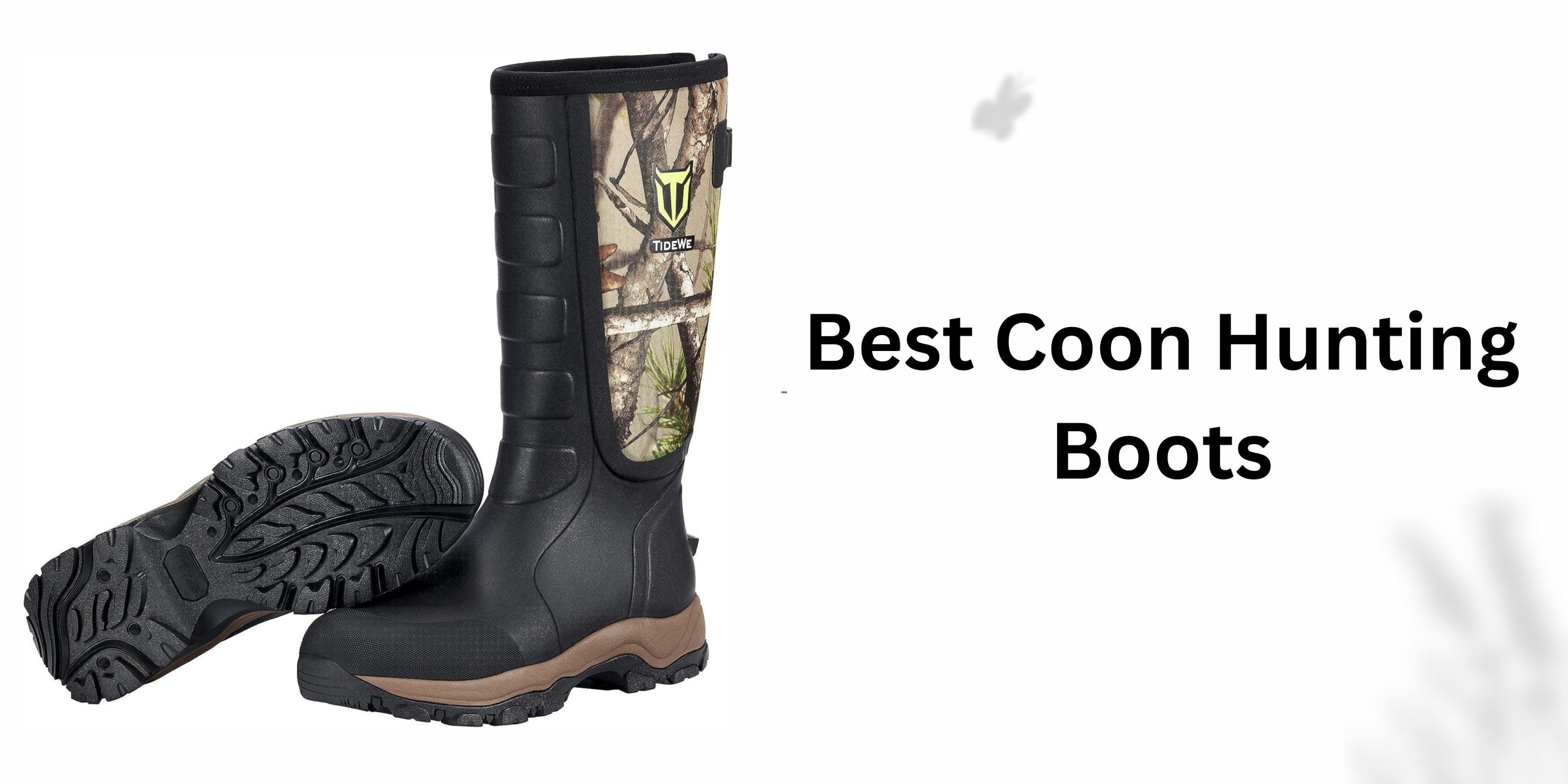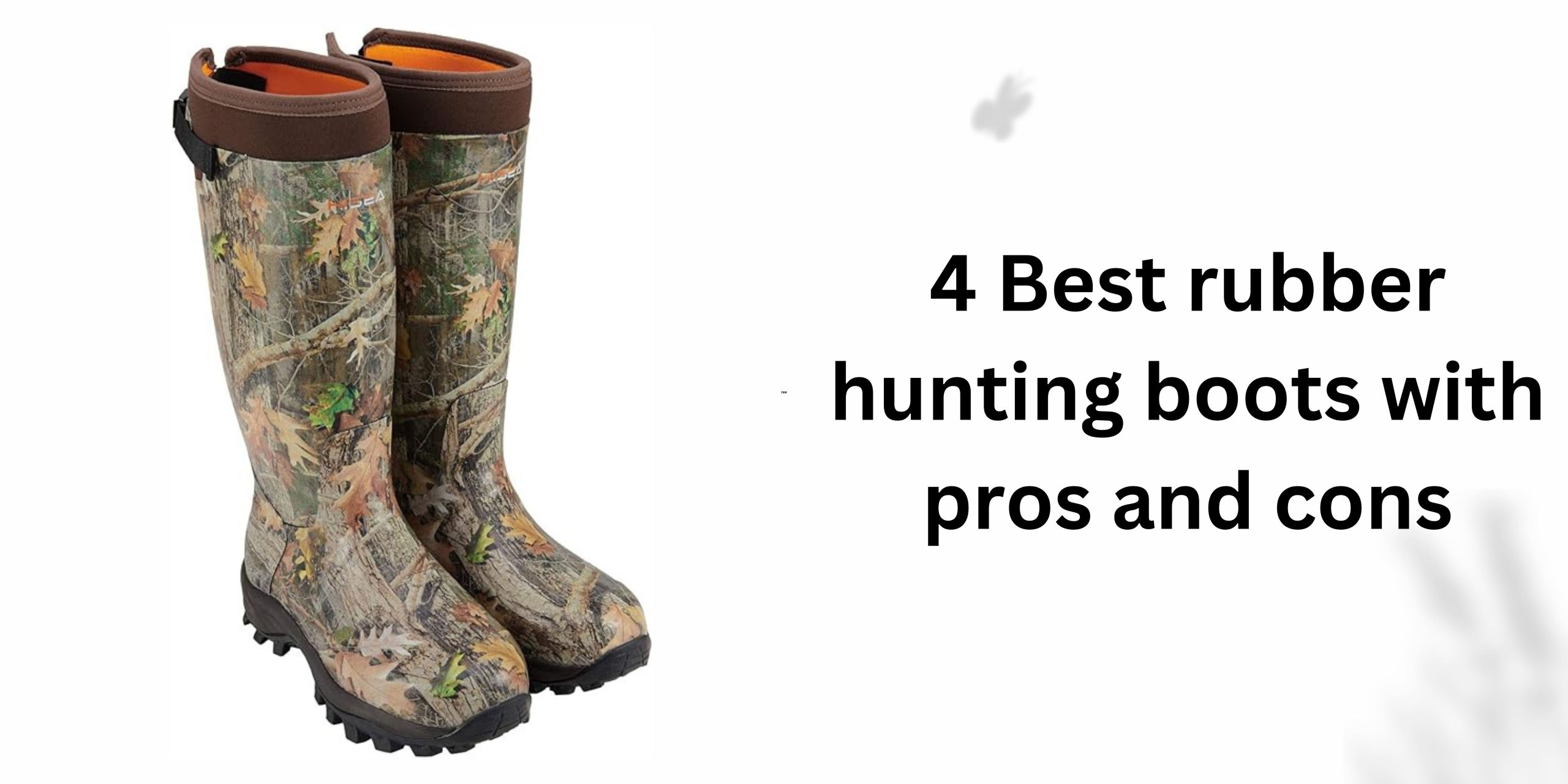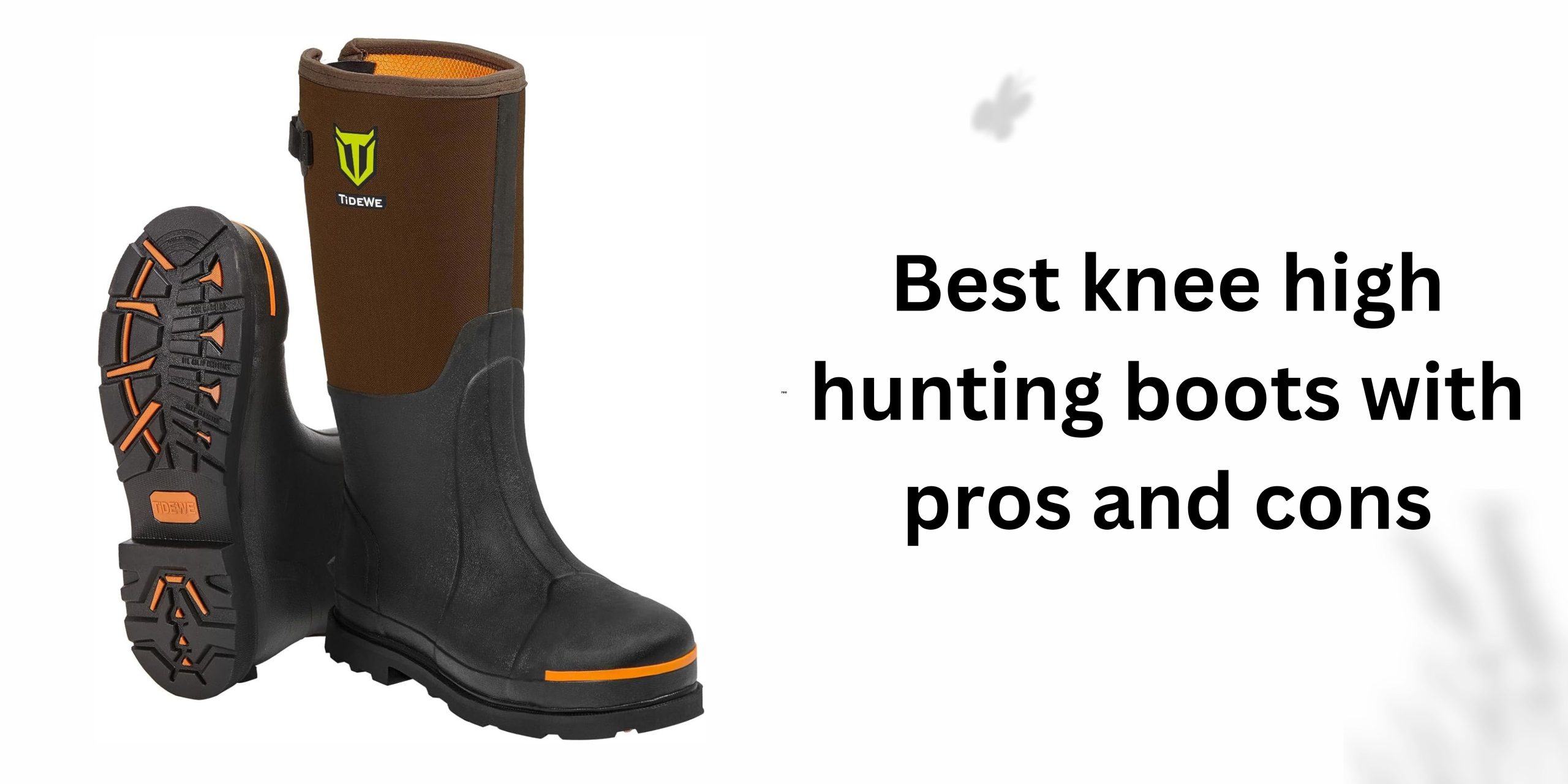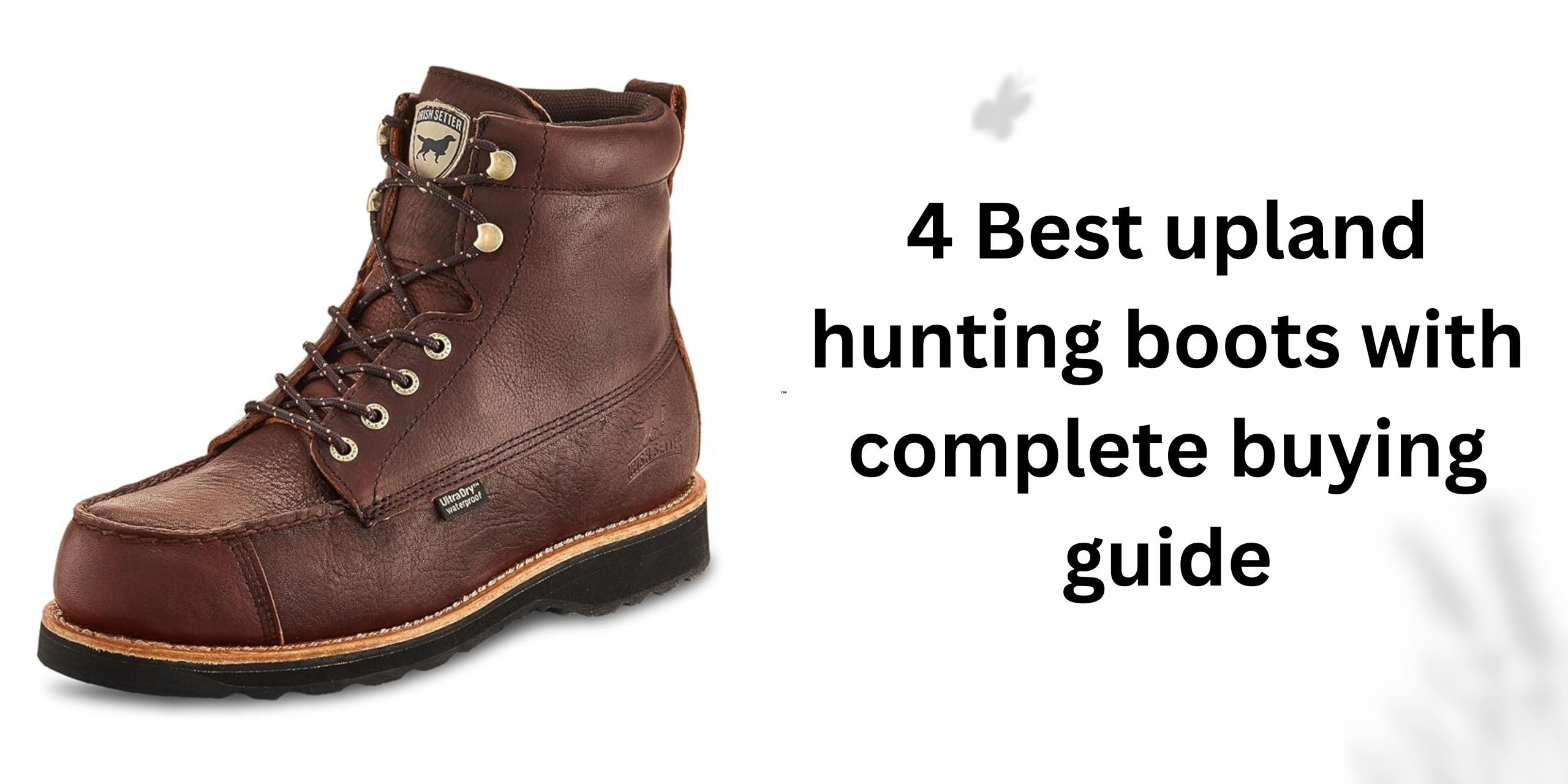When heading out for a hunting expedition, one of the most critical aspects of preparation is ensuring that your backpack is packed efficiently and effectively. A well-packed hunting backpack can make your trip more enjoyable and successful by providing easy access to essential gear while keeping you comfortable on the move. In this guide, we’ll explore how to pack a hunting backpack step by step, discuss tips and tricks for maximizing space and comfort, and provide guidance on choosing the right hunting pack size for your needs.
Factors to Consider
When choosing the right hunting pack size, there are several factors you should consider to ensure that your pack meets your needs and is comfortable to carry. Here are some key factors to keep in mind:
Trip Duration:
Consider how long your hunting trip will last. For day trips, a smaller pack (around 20-30 litres) may be sufficient. However, for multi-day trips, you’ll need a larger pack (50+ litres) to carry additional gear and supplies.
Gear Requirements:
Think about the gear you’ll need to carry for your hunting trip, such as clothing, food, water, hunting tools, and any specialized equipment (e.g., optics, decoys). Make sure your pack has enough space to accommodate all your gear comfortably.
Personal Comfort:
Your physical build and comfort level will impact the size and fit of your pack. Look for a pack that is adjustable and has padded straps and hip belts for added comfort. It’s important to choose a pack that distributes weight evenly to prevent strain on your back and shoulders.
Terrain and Weather Conditions:
Consider the terrain and weather conditions you’ll be hunting in. Rough terrain may require a more rugged pack with additional features, while wet weather may necessitate a pack with waterproofing or extra layers.
Read More: How to Wash Hunting Clothes with Baking Soda
How to Pack a Hunting Backpack: Step-by-Step Guide
Now that you’ve selected the right hunting pack size, it’s time to pack it efficiently. Follow these steps to ensure that your gear is organized, accessible, and comfortable to carry:
- Organize Your Gear: Start by sorting your gear into categories such as clothing, tools, food, and personal items. Use packing cubes or stuff sacks to keep items organized and compressible.
- Pack Heavy Items Closest to Your Back: Place heavier items, such as water, food, or equipment, closest to your spine to improve weight distribution and balance.
- Utilize Outside Pockets and Straps: Use external pockets for items you need quick access to, such as snacks, a first-aid kit, or a GPS. Attach larger items, such as a tent or sleeping bag, to the outside of your pack using straps.
- Distribute Weight Evenly: Balance the weight of your pack by placing heavy items on both sides to avoid strain on one side of your body.
- Keep Essential Items Easily Accessible: Store frequently used items, such as a flashlight or map, in easily accessible pockets or compartments.
- Secure Your Load: Use compression straps to secure your gear and prevent it from shifting while hiking.
Read More: Step-by-Step Guide to Training a Duck Dog
Tips and Tricks
- Practice Packing: Before your trip, practice packing your backpack to ensure that everything fits comfortably and efficiently.
- Minimize Non-Essentials: Pack only what you need to reduce weight and bulk.
- Consider a Hydration System: A hydration bladder allows you to drink on the move without stopping to use a water bottle.
- Use Waterproofing: Consider using dry bags or a rain cover to protect your gear from moisture.
Summary
Packing a hunting backpack efficiently is essential for a successful and comfortable hunting trip. By choosing the right pack size, organizing your gear effectively, and distributing weight evenly, you can ensure a more enjoyable experience in the great outdoors.
